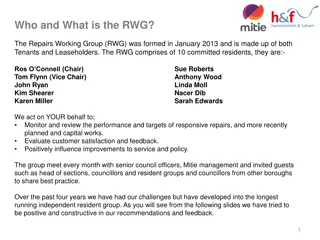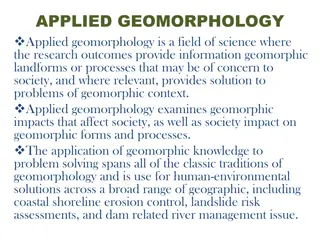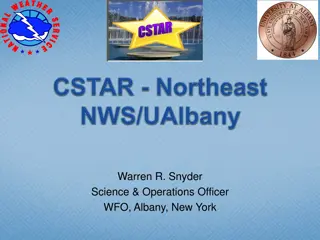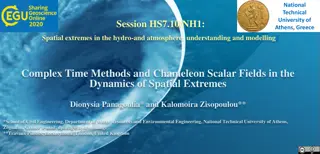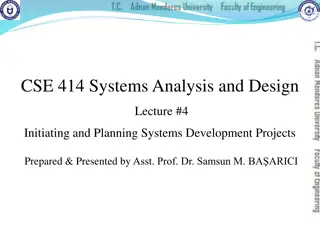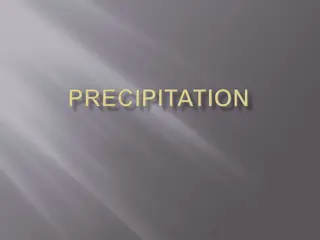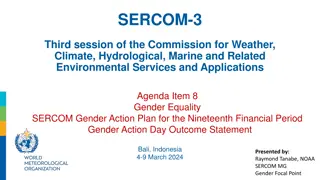National Hydrology Project Overview and Achievements
The National Hydrology Project focuses on strengthening ground water monitoring networks, standardizing data collection methodologies, and infrastructure development. It aims to enhance institutional capabilities and software development for data processing and dissemination. The project has achieved milestones like constructing observation wells, setting up data centers, and developing software for ground water management. The second phase includes horizontal and vertical expansions, institutional strengthening, and technological advancements like eGEMS for data processing. The project emphasizes knowledge sharing, training, and technical assistance to state agencies for effective water management.
Download Presentation

Please find below an Image/Link to download the presentation.
The content on the website is provided AS IS for your information and personal use only. It may not be sold, licensed, or shared on other websites without obtaining consent from the author. Download presentation by click this link. If you encounter any issues during the download, it is possible that the publisher has removed the file from their server.
E N D
Presentation Transcript
National Hydrology Project Central Ground Water Board WB Mission: 1-15 September 2015 14.09.15
HP I Hydrology Project I: 9 Peninsular States Objectives Strengthening of Ground Water monitoring network Standardization of methodologies for data collection & validation Infrastructure development: labs & building Institutional strengthening including capacity building and Software development for data processing, storage and dissemination Achievements 2239 observation wells have been constructed Computer data centre has been set up and water quality laboratories had been upgraded. Dedicated ground water processing and application software, named as Groundwater Estimation and Management System (GEMS) has been developed for Ground Water Data Processing
HP II Hydrology Project II: 13 States Objectives Institutional Strengthening Horizontal Expansion in four new States covering Goa, Himachal Pradesh, Punjab & Pondicherry Vertical Extension in the 9HP-I peninsular States. Achievements Institutional Strengthening 19 Server & 59 Workstation have been procured for up-gradation of data centre Awareness raising programs 32 Nos Domain specific training - 27 Officers of CGWB deputed for 8 International Training courses Development of e-GEMS, web based solution for Ground water data processing software (GEMS) and is to be hosted Horizontal Expansion: PZ constructed in new States(Goa -49; Punjab -65) Vertical expansion: Groundwater Modeling software PDS Pilot Project on Aquifer Mapping Planning & designing of AR structures in sub urban of Chennai
eGEMS- Outlines Internet based & platform independent system Client access from web browsers No software requirement at user end Web browser and internet access needed Single, centralized data store for databases. Scalable to user requirement 13 participating States & CGWB to host data in a centralized repository. Data Access Currently data access is only for State/CGWB authorised persons only CGWB Data can be accessed by all participating agencies Data of concerned State to be viewed & changed only by the concerned State .
Role & Responsibilities Standardization of structure for data storage by the State agencies Optimization of network for monitoring of water levels & water quality Knowledge Sharing through trainings, meetings & sharing of reports & findings Technical assistance to State Agencies on any specific requests
Groundwater Issues for consideration in NHP Requirement of Uniform Data structure for storage & retrieval For easy data sharing. Concurrence of State agencies required for storage & sharing 13 participating agencies have agreed to host data but the ownership rests with State agencies only Constraints Different Data pricing policy of different State governments. More than one department monitoring groundwater for levels and quality as per their mandates in each State Need for a nodal department for consolidation for each State Act as pivotal point for data migration and sharing.
Project Objectives Real-time Water quality monitoring in the coastal aquifer system in Tamil Nadu & Puducherry as pilot study before taking up on a large scale up-gradation of eGEMS : Creation of Standardized scientific database for groundwater, for the whole country on a single platform Capacity building: Through international exposure & transfer of knowledge through domain specific training to State Govt. officers Basin Management Plan: Preparation of basin management plan for 10 basin along with CWC through consultancy
Project Success Indicators Establishment of real time water quality monitoring system in parts of Tamil Nadu & Puducherry Coast Availability of standardized scientific database for whole the country on the same format & platform. Number of Trained officers in the Board & in States Basin Management Plan for 10 basins
Proposed Financial Outlay A.Hydromet Informatic System (HIS) - 16.46 Cr 9.51, 11% 16.46, 20% B.National Water Information Center - 23.0 Cr C.Water Resources Operation and Planning - 35.0 Cr 35.00, 42% 23.00, 27% D.Institutions and Capacity Building - 9.51 Cr Total outlay : Rs 83.97 Cr
Component A: Hydromet Informatic System Real time Monitoring (60 Nos) Construction of PZ Installation of real-time monitoring systems Construction of Pz DWLR (Telemetry) with WQ probe as services Total Rs 435 Lakh Rs 255 Lakh Rs 690Lakh 255, 37% Works Consultancy 435, 63%
Component A: Hydromet Informatic System Establishment of Centre of excellence at Faridabad (Rs 956 Lakh) Centre would provide facility for modeling for CGWB offices & for State Agencies on request Financial implications Goods HW : SW : AMC : Centre Establishment : Consultancy : 288 Lakh Hiring of consultant Level 1 @ Rs 6 Lakh/month for 48 months 26 Lakh 99 Lakh 63 Lakh 10 Lakh 198, 21% Goods 470, 49% Consultancy 288, 30% Operation Cost Operation Cost: 470 Lakh Hiring of Consultant Level 2 @ Rs0.5 Lakh/month for 84 months
Component B: up-gradation of eGEMS Total outlay : Rs 2300 Lakh Scope of work Design, Development and Implementation of Additional Modules of e-GEMS Integration of data of all States Training for users of all States Benefits/Outcome States to get a standardized database No financial implication for the States Easy storage, retrieval & analysis CGWB database available for planning 100, 4% 850, 37% 1250, 55% 100, 4% Consultancy Training Goods Operational Costs
Component C: PDS Study in sub-basin above Ramganga confluence of Ganga Basin Total Outlays: Rs 2400 Lakh Scope of work Drilling of wells down to 300 m bgl Water quality sampling & analysis Isotope dating Surface water groundwater interaction Aquifer response modeling Pilot study at select locations for aquifer remediation Outcome: Demarcation of contaminated zones within aquifer Aquifer-stream relationship Feasibility of aquifer remediation 480, 20% 1260, 53% 475, 20% 105, 4% 80, 3% Drilling through Outsourcing-Shallow (300 mts) Water quality Sampling & Analysis - Inorganic/Organic Isotope Dating Miscellaneous (tracer test, irrigation return flow, Monitoring, temperature measurment, chloride balance)- LS Pilot Study at selected location for Aquifer remediation - LS
Component C: Consultancy for Basin Management Studies in 10 basins along with CWC Financial Outlay : 11.0 Cr 10 basins identified by CWC First 3 years of the project 1. Bharatpuzha, Kerala 2.Son 3. Chambal 4. Tapi 5. Theesta From 4 year onwards 6.Subarnarekha 7. Damodar 8. Pennar 9. U.Godavari 10. U.Mahanadi up to Hirakud
Component D: Capacity building Total in Lakh No of Beneficiaries /per training S.No Activity International Training Domain specific training Awareness Programme Training on collaboration with USGS 560 1 1 295, 31% 48 15-20 2 560, 59% 48, 5% 48 75-100 3 48, 5% As per MoU to be signed 295 951 4 Total International Training Domain specific training Awareness Programme Training on collaboration with USGS
NHP : CGWB support to the States Real-time Water Quality monitoring: pilot study to show case the outcome Pave way for lateral expansion into other parts of the country Could be jointly taken up by CGWB & State Groundwater Departments for strengthening the water quality monitoring on priority basis. eGEMS would provide a common platform for all State groundwater departments To host the data on a common platform, For easy storage, retrieval and analysis of data No cost on the participating agencies. Transfer of knowledge and technology Results of the studies are being shared with State agencies Results of the studies to be carried out in NHP would be shared with all concerned Domain specific trainings & awareness campaign Knowledge & technology transfer to all participating agencies and other Stake holders through interactions Documents to be shared at appropriate platform for knowledge dissemination. Regional Directors of the Regions would offer technical guidance As and when sought by the State Groundwater Departments
NHP : What CGWB needs from States States may place their request on what is expected from CGWB On request from the States, respective Regional Directors would extend all cooperation in meeting the demand


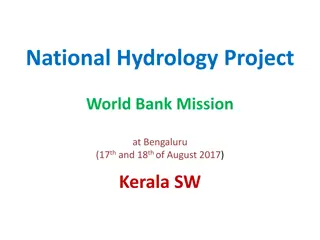

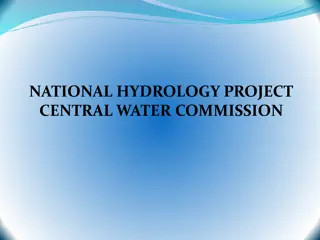
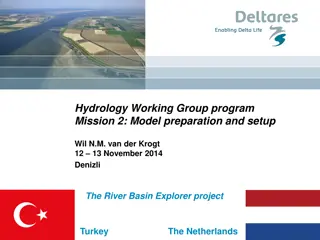
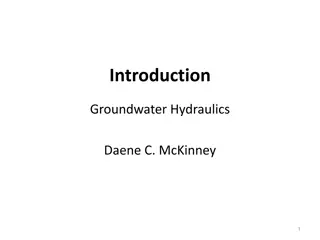

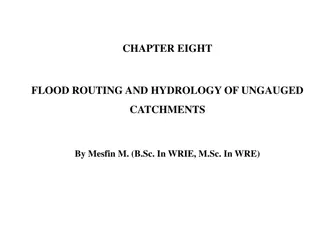

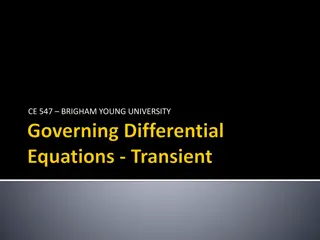

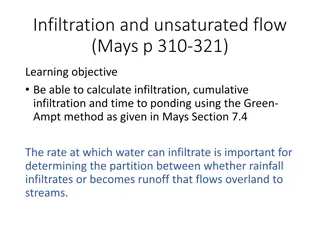
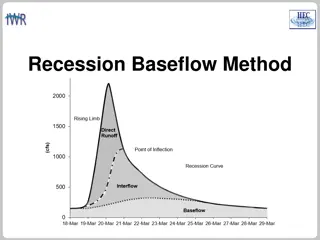
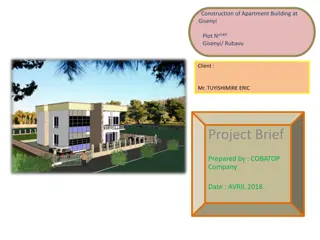
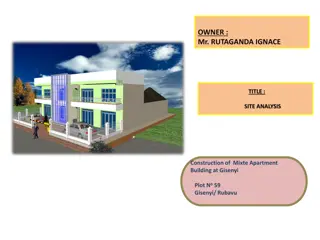
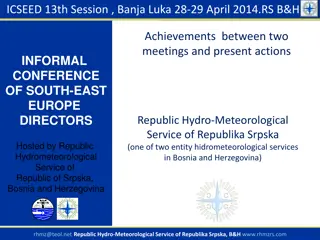
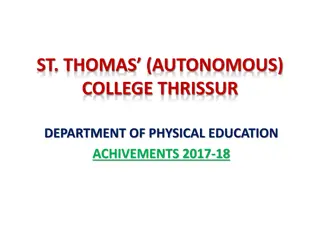




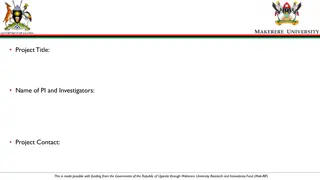

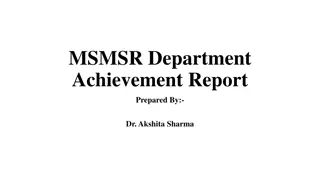

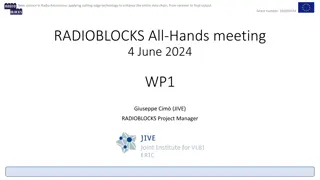
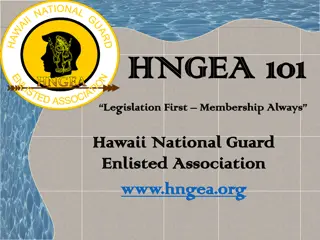
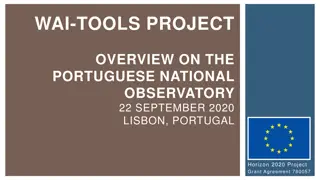
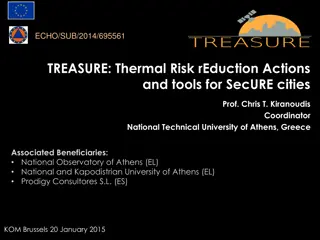
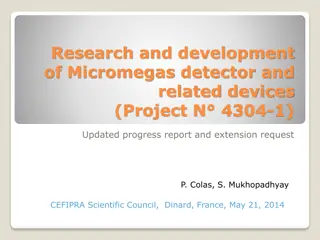
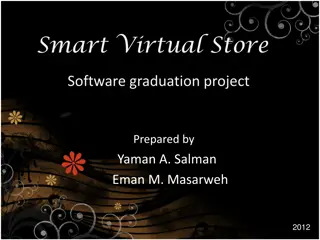
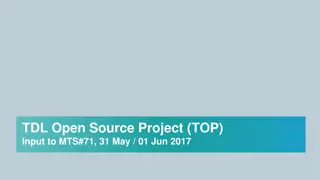
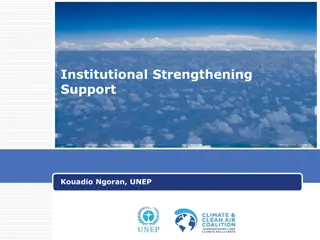
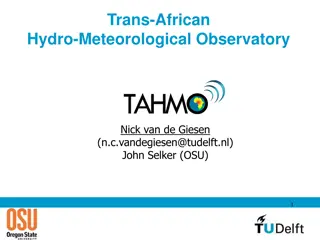
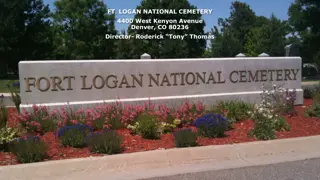
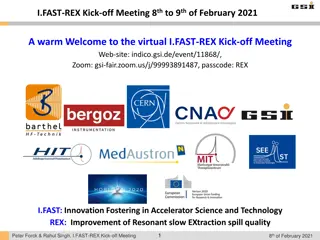
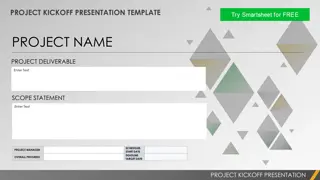

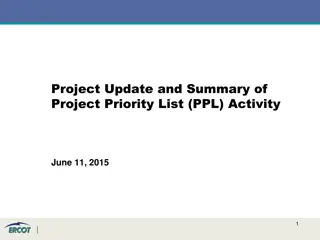
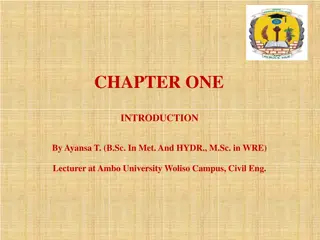
![Year-End Business Report for [Company Name]](/thumb/131798/year-end-business-report-for-company-name.jpg)
